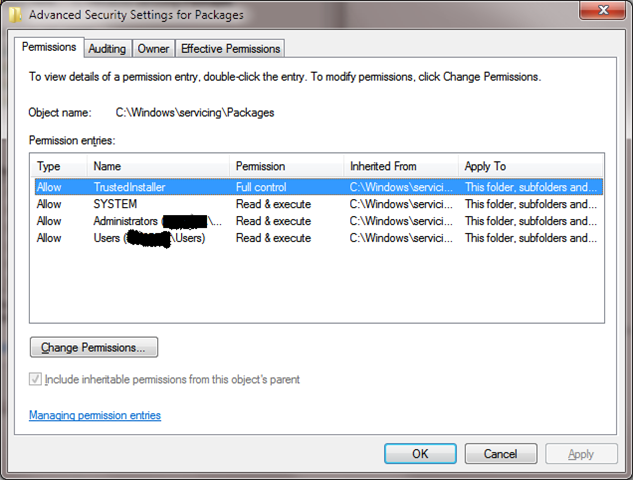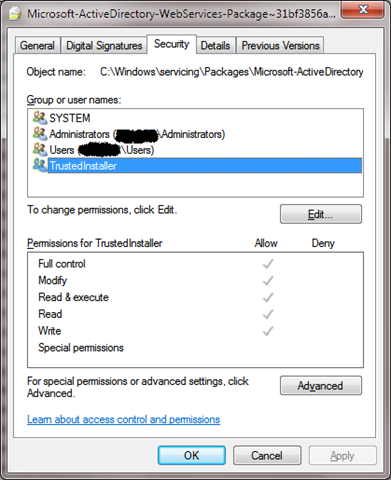I think Microsoft sales might be getting a head ache by the ever increasing speed by which people are looking and long for features in the “vNext” version of their products whilst they are still just getting people to adopt the current releases but I like the insights and bits of information. It helps me plan better in the long term.
A lot of you, just like me, have been playing around with Hyper-V since the betas of Windows 2008. As I run Windows Server tweaked to act en look like a workstation I wanted to move my virtualization solution on the desktop to hyper-V as well. I use Windows server as a desktop because it allows me to install the server roles and features for quick testing, screen shot taking, managing the lab, etc. during writing and documenting.
Now a lot of you will have run into some performance issues on the host related to the video card, the GPU. Ben Armstrong mentioned it on his blog and wrote Knowledge Base article on it (http://support.microsoft.com/kb/961661). He later provided more insight into the cause of this behavior in the following blog post http://blogs.msdn.com/b/virtual_pc_guy/archive/2009/11/16/understanding-high-end-video-performance-issues-with-hyper-v.aspx it’s a good write up explaining why things are the way they are and why this cannot be “fixed” easily.
For me this was a bummer as I had a decent GPU on my workstation and I sometimes do need the advanced graphic capabilities of the card.
So when the first rumors of about “Windows 8” & “Hyper-V version 3” hit the internet I was very happy to see the mention of Hyper-V being used in Windows 8 as a client hyper-visor virtualization solution. See http://virtualization.info/en/news/2010/07/first-details-about-hyper-v-3-0-appear-online.html, this link was brought to my attention by Friea Berg from Netapp on twitter (@friea). Now there is more to it than just my tiny needs and wishes. Integration with App-V and other functionality that integration of Hyper-V in “MiniWin” can offer, but have a look at the link and follow the source links if you can read French.
The thing is that Hyper-V in the client would mean that they will have fixed this GPU performance issue by then. They have to; otherwise those plans can’t work. As the code bases of Windows client and server run parallel it should also be fixed on the server side. We’re used to more rich functionality in desktop virtualization by VMware Workstation en Virtual PC. Fixing this also makes sense in another way. Microsoft could be moving forward on one virtualization solution both on server and the desktop and gradually phasing out Virtual PC. They can opt to provide richer functionality with extra features that might be unnecessary or even undesirable on a server but is very handy on a workstation or on a lab server. This is all pure speculation (crystal ball time) by me but I’m pretty convinced this where things are heading.
Combine this that by the time “Windows 8” arrives most hardware in use will be much more capable of providing advanced virtualization features and enhancements and in all aspects, things are looking bright. So no I can dream of affordable 32 GB laptops with dual 8 core CPUs with a wicked high end GPU running Hyper-V.
By the way VMware is also working on similar ideas to provide a true hypervisor on the desktop I guess as they seem to be abandoning VMware Server (no enhancements, not fixes, etc.) and I can also imagine them making VMware Workstation as true hyper-Visor to reduce the product line development and support costs. Pure speculation, I know, especially since the confusing message around off line VDI but never underestimate the ability of a company tho change its mind when practical for them. 😉
Someone at SUN Oracle must be smiling at all of this, especially as Virtual Box is getting richer and richer with memory ballooning, hot add CPU capability (I like this and I want this in Hyper-V), etc. unless Microsoft and VMware totally succeed in making hosted virtualization a thing of the past. In the type 1 hypervisor space they are consolidating what they bought. Virtual Iron (Xen) was killed almost immediately and the SUN xVM Hypervisor is also dead. Both have been replaced by Oracle VM (Xen).
So as everyone seems to have good type 1 hypervisors that are ever improving it might become less and less a differentiator and more of a commodity that one day will be totally embedded in the hardware by Intel and AMD. The OS and software vendors then provide the management, high availability features and integration with their products. And if that is the evolution of things where does that leave KVM (Linux) in the long run? Probably the world is big enough for both types. For the moment both types seem to be doing fine.
As I said, all of this is musings and crystal ball time. Dreaming is allowed on sunny lazy Sunday afternoons. 





